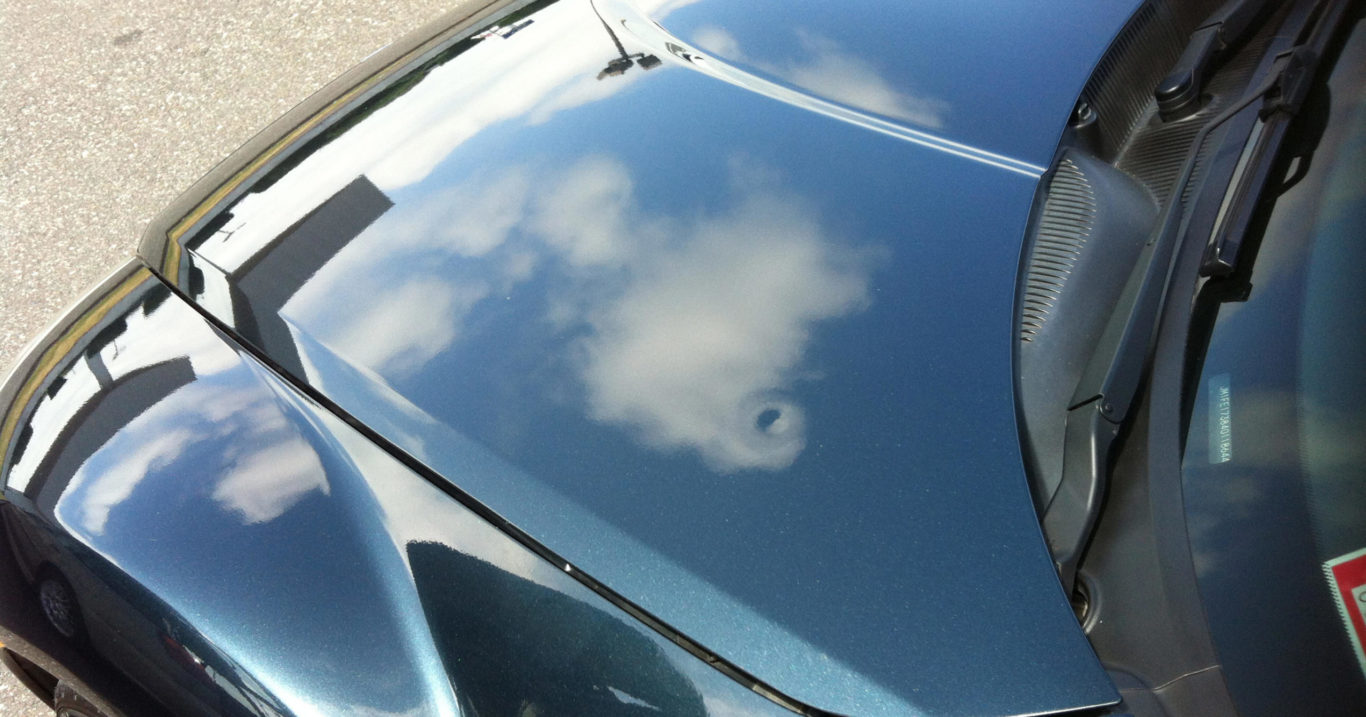
Is it a Ding, or is it a Dent?
An age-old question, finally answered.
So you get out of the grocery store, put your shopping away in your trunk, go to your driver’s side door, and notice a blemish that wasn’t there when you left the car. Right in the middle of the door, staring you in the face, is a ding… or a dent… which is it?
A small blemish on the exterior of your car can be no big deal, but it could also have significant consequences if ignored for too long. Knowing the difference between these two types of vehicle damage, a dent and a ding, is the key to making sure your car gets the care it deserves without spending too much money on unnecessary repair.
Dent or Ding?
The main difference between a dent and a ding is the size of the damage. Typically, a ding is defined as a depression a centimetre or less in diameter. Also characteristic of a ding, is that there is no paint chipping or exposed metal. Dings are considered to be pretty insignificant. Typical causes of dings are run-ins with shopping carts, the door of an adjacently parked vehicle, and small road debris kicked up by passing vehicles.
In some parts of the country, hail is a very common cause of dings. The biggest problem with dings caused by hail is that they rarely come in ones or twos; usually if your vehicle has been damaged by hail, you will see dozens of impacts. The good news is threefold: usually hail dings are small, they can be repaired with paintless dent repair, and we don’t get many big hailstorms in Victoria, BC.
Dents could be considered the big brother of dings. Dents will be bigger than dings, and usually you will see chipped away paint and exposed metal. This exposed metal is vulnerable to rust, so it needs to be fixed very quickly. Big dents can also hide significant damage, like damaged sensors or other electronics, and should be checked out be a professional as soon as you can.
How to Repair
We understand that repairing a small ding or two could sit pretty low in your list of priorities. Consider that if you are planning on selling your car, turning in a leased vehicle, or trading in your car, you could end up paying the price financially. Used cars with superficial damage fetch much lower prices on the used market, and you could face wear and tear charges from the dealership.
Due to the potential financial losses, it is in the owner’s best interest to have dings removed. Dings are easily repaired with a process called “paint-less dent repair”, during this process, damaged is pulled out using a constant source of slow pressure. Our clients are usually surprised by how quick and inexpensive this process is.
If the damage is too significant to just be pulled out, the repair can still be done, but will require a little bit more time and effort. To assess the damage and get an idea of the repair process, you can read more about it here and you’re always free to reach out to us directly.